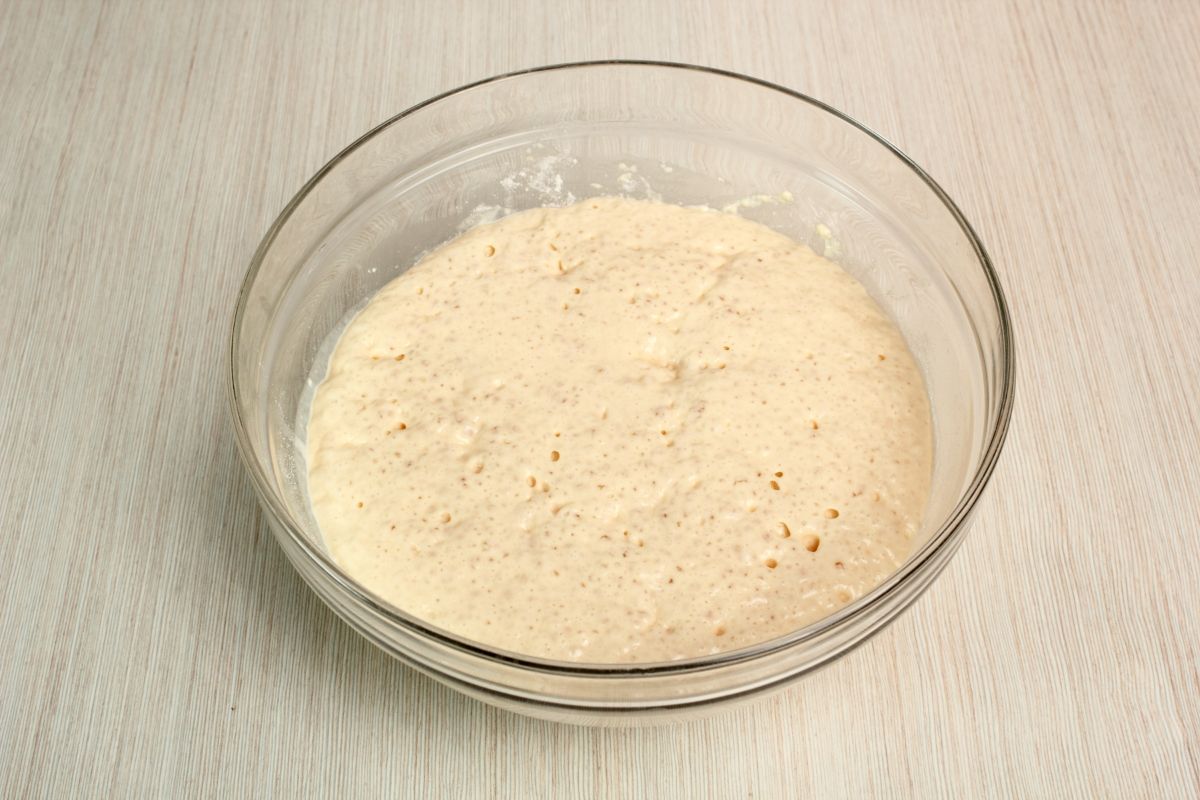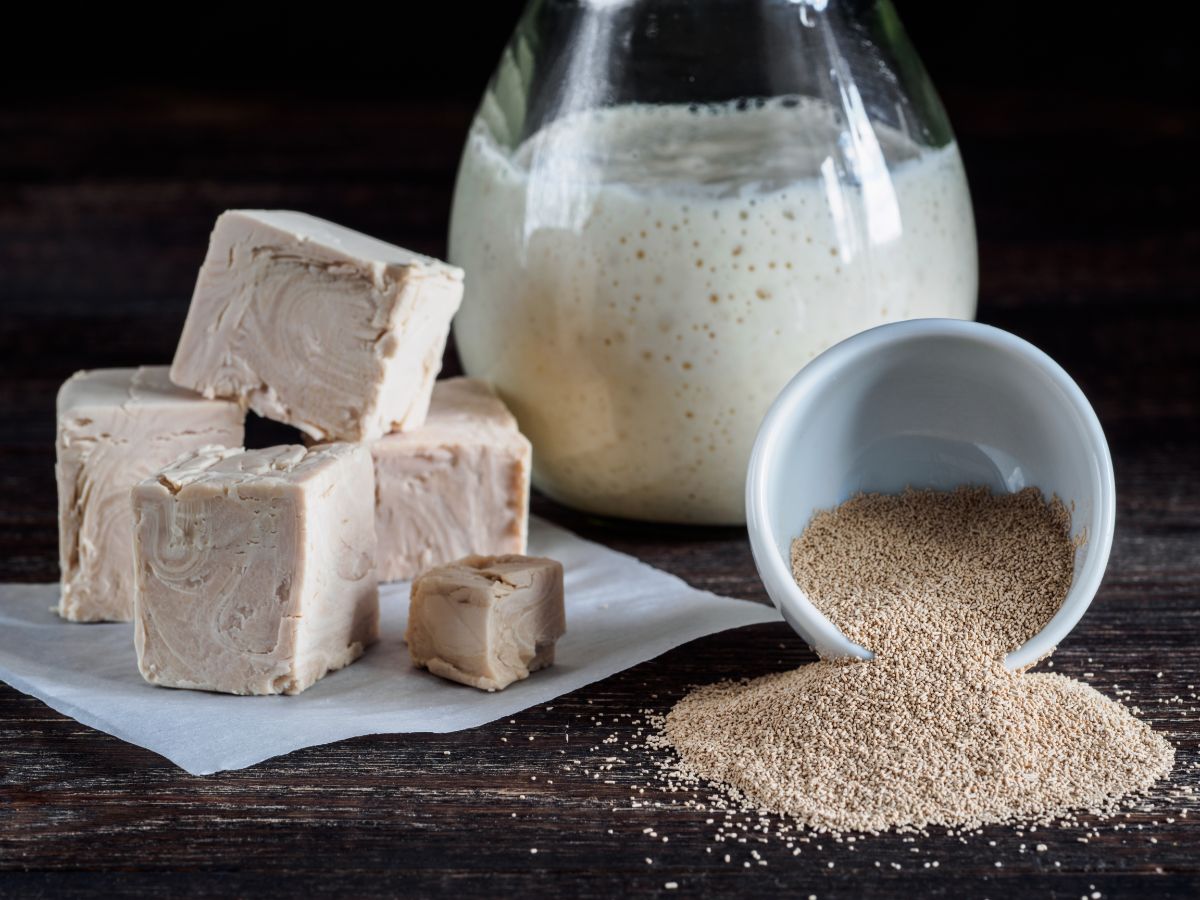When it comes to bread making, yeast is an ingredient that should never be missed. Without yeast, it is impossible to make the dough rise and get that puffy and soft slice of bread you like so much.

These days, it is possible to find yeast in a variety of forms. Thus, you will see that you can find fresh yeast, active dry yeast, instant yeast, and rapid-rise yeast or the so-called “machine yeast”.
So, does bread machine yeast need to be proofed? Some types of yeast have to be proofed or activated before use, while others can be used without proofing.
Fresh yeast is great, but if you don’t use it shortly after purchasing and opening its package, it will rapidly go bad. So, if you don’t plan to use yeast in a rather frequent manner, it is not worth purchasing fresh yeast.
The rest of the dried versions can be stored for longer and will provide the same kind of results as in the case of using fresh yeast.
So, you should not worry about not getting the desired loaf of bread when choosing to use dry yeast. The only mention is to make sure you are using the selected type of yeast correctly.
Let us take a closer look at all the available types of dry yeast, see which one is best for being used in the bread machine, and what is the difference between bread machine yeast and other dry types of yeast.
The differences between the various types of dry yeast
Active dry yeast is one of the most commonly used varieties of dry yeast. This particular yeast type can be used for any kind of baked goods that require yeast in their composition.
The name of the yeast tells you that there are living organisms in its composition, but they are not “active” until you actually activate the yeast.
So, the yeast is dry, but the living yeast organisms are in a dormant state in the yeast’s granules. It is your job to activate them before using the yeast for your bread recipe or for any other purpose.
In order to activate dry yeast, you will need to put it in a bowl and add a small amount of warm water to it. The amount of water is usually indicated on the product’s package.

Once surrounded by the warmth of the water, the yeast organisms will come to life, so make sure you give the yeast a few minutes for activation. After the organisms are alive, you can use active dry yeast in the same way you use fresh yeast.
Instant yeast is prepared in a similar manner to the active dry yeast. The only major difference is that the granules of instant yeast are smaller than the granules of active dry yeast.
This enables you to use the yeast without having to rehydrate it before adding it to the rest of the ingredients.
The smaller granules will mix well with the other ingredients you use for bread making and will be activated during the kneading process.
Thus, as the name of the yeast suggests, instant yeast can be used instantly, without requiring a previous activation. It is worth mentioning that this type of dry yeast is also quite perishable, so you should use it as soon as possible as it can’t be stored for too long.
Finally, there’s the bread machine yeast or rapid-rise yeast. In comparison with instant yeast, rapid-rise yeast have granules that are even smaller.
If you don’t find dry yeasts that are called “bread machine” yeasts, you should know that rapid-rise yeasts are the ones marketed as being suitable for being used with a bread machine.
This is due to the fact that they can make the dough rise faster than usual, which is great for the special bread-making programs of a bread machine.
With the help of this yeast, you can bake a loaf of bread in less than an hour, by using the rapid baking program. And yes, the rapid-rise yeast will make the loaf of bread this fast and still look and taste good.
Of course, there will be some saying that the rapid-rise yeast or bread machine yeast will not give your bread a great taste because it doesn’t allow the organisms to develop properly due to the short rise process.
Which dry yeast type is best for being used in the bread machine?
The answer is that any type of dry yeast can be used in the bread machine, as long as it is used correctly. This means that if the yeast must be activated first, you will have to do so, before adding it to the bread machine.
So, if you are in a hurry, you should opt for dry yeast types that do not require proofing. This way, you can add all the ingredients to the bread machine and just push the button.
Is proofing required in the case of rapid-rise yeast?
From all the dry yeast types, only the active dry yeast requires proofing. Instant yeast and rapid-rise or bread machine yeast do not require proofing.
They can be used exactly as they come in the package. Just open the package and pour the small yeast granules into the bread machine, on top of the flour.
The only mention concerning the use of dry yeast is to make sure you are using the right amount of flour. The package of the product will mention how much flour is recommended for the grams of yeast contained in the package.
If you’re using too much flour, there’s the risk that the dough will not rise as desired. So, when making bread with dry yeast, pay attention to the amount of flour you use.
Of course, ideally, the amount of flour mentioned by the bread recipe you’re using and the amount stated on the yeast’s package should be similar.
Final Word
As you can see, there are just a few aspects that need to be considered when making bread with the bread machine. While any type of dry yeast will do, as long as you use it correctly, bread machine yeast will help you enjoy freshly baked bread faster than usual, for those days when your schedule is tight.
